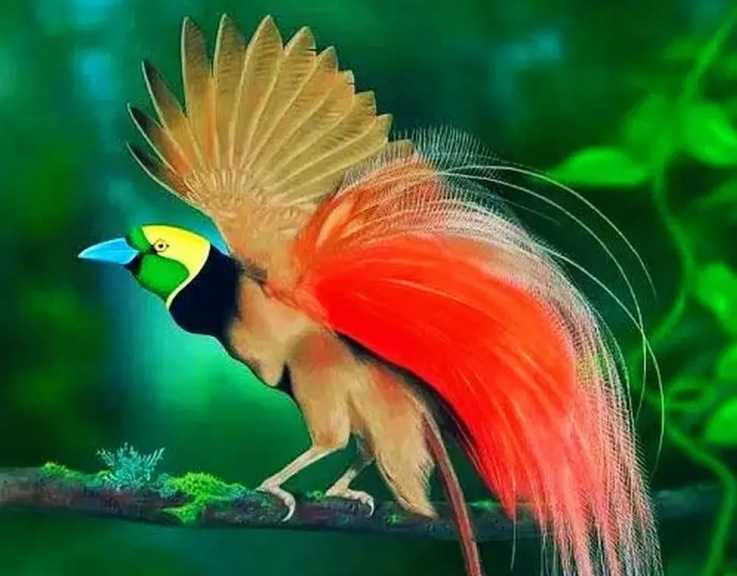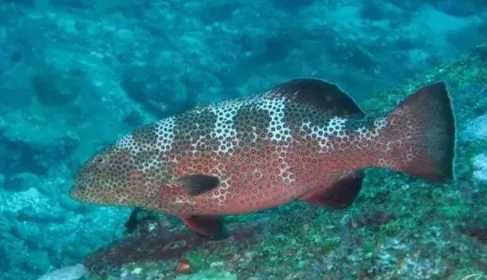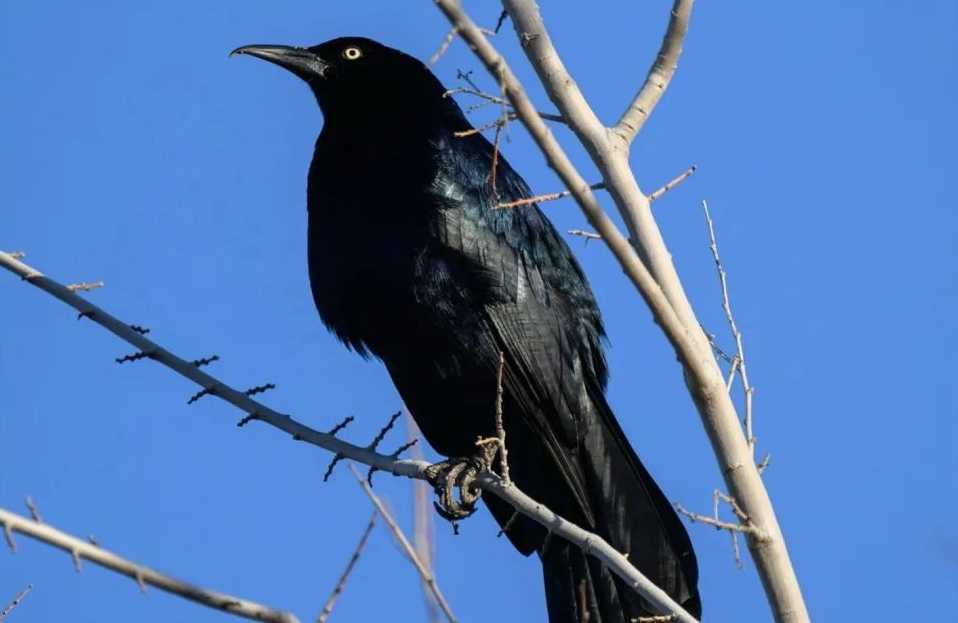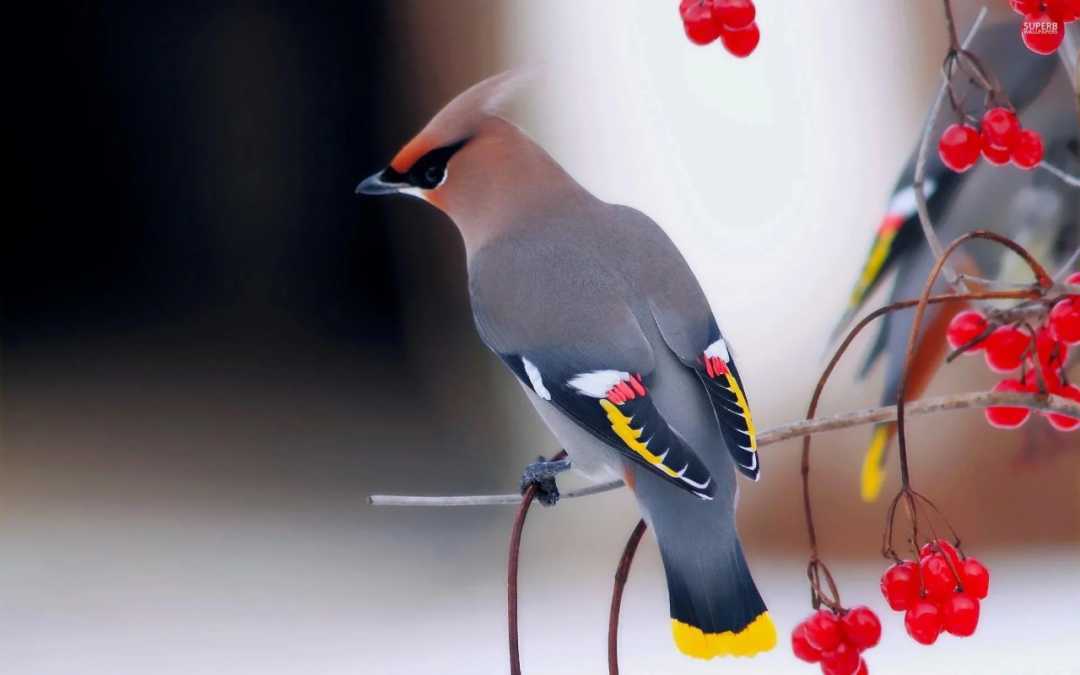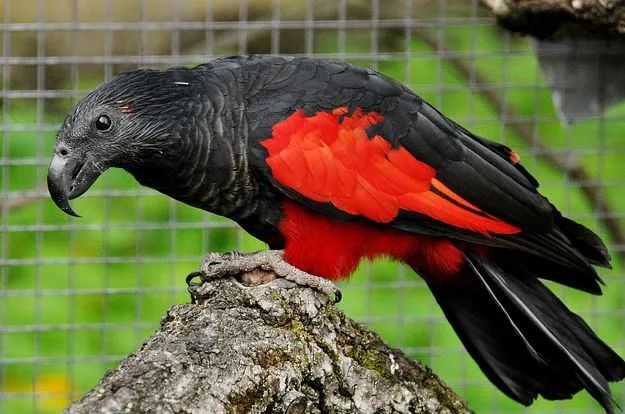During courtship, male birds perform elaborate dance rituals, unfurling a living palette of evolution. A gold-green metallic crest crowns their heads, while a shield of iridescent emerald feathers adorns their throats. Their tails stretch into golden ribbons, and scarlet flank plumes fan out like flame—all synchronized in a display that left early explorers speechless. "It’s as if nature designed this bird to defy belief," says ornithologist Dr. Lianne Madsen. "The metallic sheen isn’t just color; it’s structural, refracting light like a gemstone."
Native tribes of New Guinea have long revered these birds, using their feathers in ceremonial headdresses. When British naturalist Alfred Russel Wallace encountered them in the 1850s, he described their displays as "the most wonderful thing in nature." Today, scientists study how such extravagant traits evolved: the vibrant plumage and complex dances serve as honest signals of genetic fitness, driving sexual selection. "In the dense New Guinean rainforest, these birds are living art," notes conservationist David Yapsen. "Their beauty may have sparked myths, but their reality is even more remarkable—a testament to nature’s ability to craft wonders that blur the line between science and legend."
